
This content is protected against AI scraping.
In my day job in publishing, whenever we’re discussing a new story, one thing we’re often asking is, “What’s the character arc?” (It’s also a reason we pass on a lot of stories: “I don’t understand his arc.”) Without a strong character arc, the reader (or the editor) may be left thinking, “So what? Why should I care?”
Simply put, the definition of a character arc is the way the character grows and changes over the course of a story. The character faces challenges to their goals, their identity, their worldview, or even their very survival, and they adapt and change in response to it.
Usually, they become better: stronger, kinder, wiser, more competent, or more successful. But not always! A descent into evil is also a character arc.
This seems simple enough, but a character arc is actually hard to write. It takes a lot of thought!
A successful character arc doesn’t happen all at once; a sudden about-face is confusing and unconvincing for the reader. Ideally, we see the character change (through actions, or at least through their thoughts) at a few key moments, or turning points. (I’ll talk about this more with the first example below.)
Why are character arcs so important to us in stories? Probably because they remind us of our own possibilities for change, growth, and improvement. Besides, they’re just plain entertaining. When we get near the end of the story and our hero is saying or doing things they would have never said or done at the beginning of the story, that’s really fun and exciting.
If you’re wondering what the difference is between this and “the hero’s journey,” well, the hero’s journey is one very popular type of character arc.
But there are other types of character arcs, too! Here are seven examples from movies and books. Hopefully, they’ll give you more inspiration concerning how to write character arcs (or, they may just remind you that you’re already great at doing this!)

By the way, these examples contain spoilers!
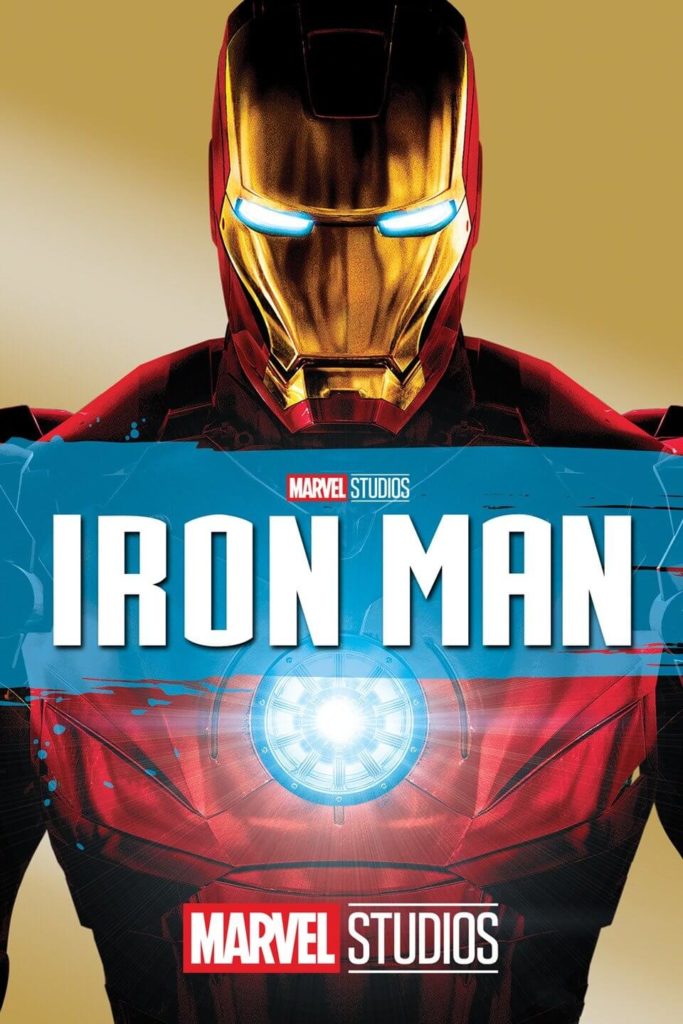 Iron Man.
Iron Man.
Let’s talk about the Tony Stark character arc! Tony goes from a charming and brilliant but selfish billionaire playboy…to a charming and brilliant, self-sacrificing, committed billionaire superhero.
Of course, his character arc doesn’t happen all in the first movie, but over the series (something to consider, if you’re writing a fantasy, scifi, dystopian, or other type of series yourself.) Here’s an overview of how he changes in just the first movie, bit by bit.
Tony’s “inciting incident” is when he’s kidnapped by terrorists. He comes close to death, and escapes because he and a sympathetic doctor engineer an iron suit that not only protects his heart from shrapnel, but also serves as both armor and weapon. This inspires him to design a better suit, enabling him to be a superhero and right some wrongs. The experience also gives him his first motivation to do so.
To me, that’s the really fascinating thing about the Iron Man character arc. Stark’s lowest and most powerless moment, and his extreme vulnerability—his heart, threatened by shrapnel—leads to his superhero strength.
Later, Tony learns that the doctor who kept him alive intentionally sacrificed himself so Tony could escape. This puts more pressure on Tony to make his life mean something, since someone else died to save it. We see Tony in superhero mode for the first time, attacking the terrorists who captured him (and almost getting himself killed in the process). Soon after that, Tony chooses to follow his vision of creating a more awesome super suit, despite the threat to his company’s financial stability.
A big turning point is when Tony learns terrorists are using Stark weapons. And in the end credits, at a press conference, Tony Stark blurts out, “I am Iron Man”—a brilliant improvisation on the part of Robert Downey, Jr. Tony has embraced his new self. His genius has become married to a vision that’s bigger than mere profits, and whenever that’s the case, a person becomes a force to be reckoned with.
I’m not going to go into as much detail for the next examples, but here are some more examples of character arcs from movies and books!
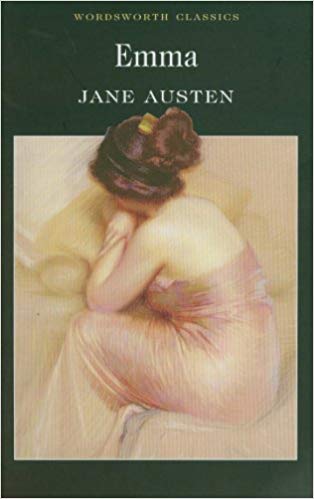 Emma Woodhouse.
Emma Woodhouse.
Jane Austen said once that nobody but her would very much like the main character of her novel Emma—but because she’s so well-written, millions of readers have, anyway. Emma starts out as a charming but spoiled know-it-all. Through a failed attempt at matchmaking, she realizes she often doesn’t always know what’s best for others. A stern and well-deserved reproof from Mr. Knightley, a longtime friend she very much respects, helps her learn a little bit of humility.
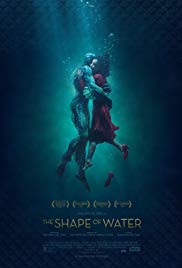 Elisa Esposito.
Elisa Esposito.
In Guillermo del Toro’s movie The Shape of Water, Elisa is a mute janitor working the night shift at a government facility who falls in love with a fish-man imprisoned there. Elisa becomes bold in pursuing her new love, and bolder still when she and her friends help rescue him. In the end, Elisa transforms into an underwater creature—someone, it seems, she was fated to be all along.
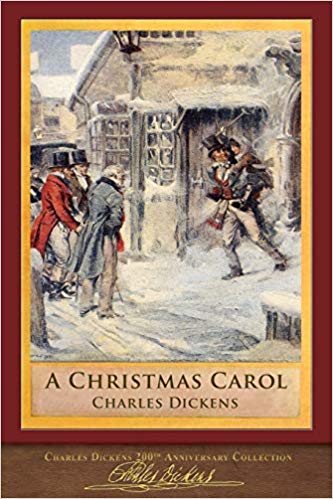 Ebeneezer Scrooge.
Ebeneezer Scrooge.
In one of the most dramatic character arcs in English literature, Ebeneezer Scrooge in A Christmas Carol by Charles Dickens goes from being a miserable, stingy misanthrope to a kind, generous man. He does this by reflecting on his past, present, and future, which would’ve been a boring story if visiting ghosts hadn’t led him to do it.
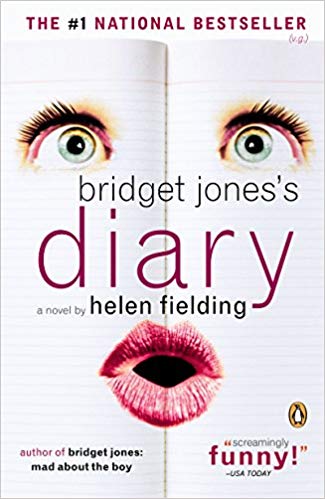 Bridget Jones.
Bridget Jones.
The novel Bridget Jones’s Diary by Helen Fielding was enormously influential as well as popular, and I’ve always thought it was grossly underrated at literature—probably because it was such a fun read. When we first meet Bridget, she has many resolutions: to drink less, to exercise and lose weight, to stop smoking, to stop getting crushes on the wrong men, and so on. By the end of the book, in many ways, Bridget has not changed; she hasn’t achieved many of her goals. But that’s kind of the point: she’s gained more confidence and better judgement (particularly when it comes to men), realizing that she’s worthy of love just the way she is.
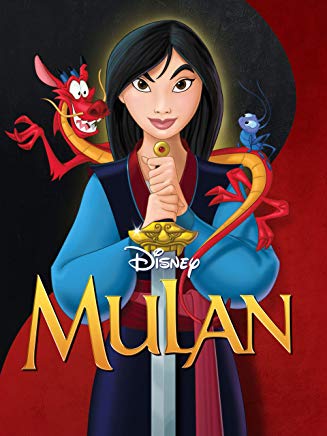 Mulan.
Mulan.
At the beginning of Disney’s animated film, Mulan isn’t the kind of graceful young woman who’s seen as good marriage material. She feels that she’s a disappointment to her family. Mulan impersonates a young man to take her father’s place in the army, undergoes difficult military training, and distinguishes herself in battle—but her true gender is revealed. By the end of the story, Mulan is celebrated as the woman who saved China, and she’s a source of great pride for her father.
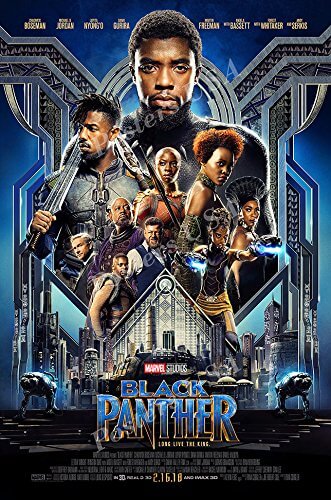 Black Panther.
Black Panther.
Let’s talk about another Avenger! At the beginning of the Black Panther movie, T’Challa is set to take the place of his deceased father—a man he revered—on the throne. Over the course of the movie, T’Challa’s strength, courage, and judgement put to the test, and he loses some innocence as he learns that his father’s legacy is flawed. By the end of the movie, he has emerged as a strong king with his own vision, not his father’s: he’s decided to share Wakanda’s technology and gifts for the good of the world.
I hope the examples help in understanding how to write character arcs! Is there another example you’d like to point out? Let us know in the comments! Thanks for reading, and happy writing!

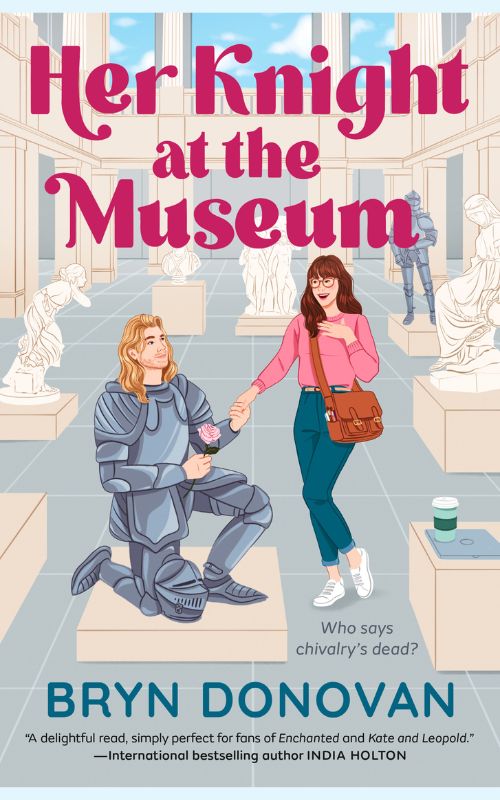

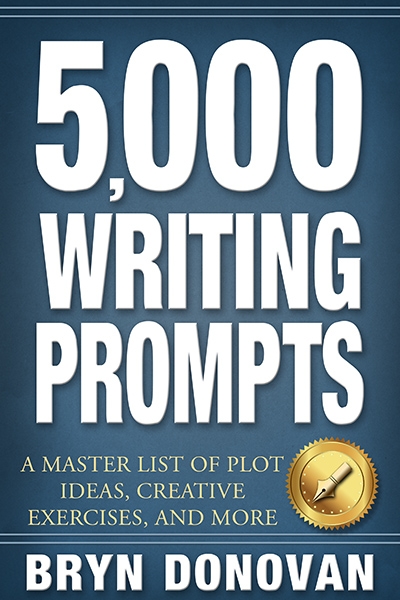
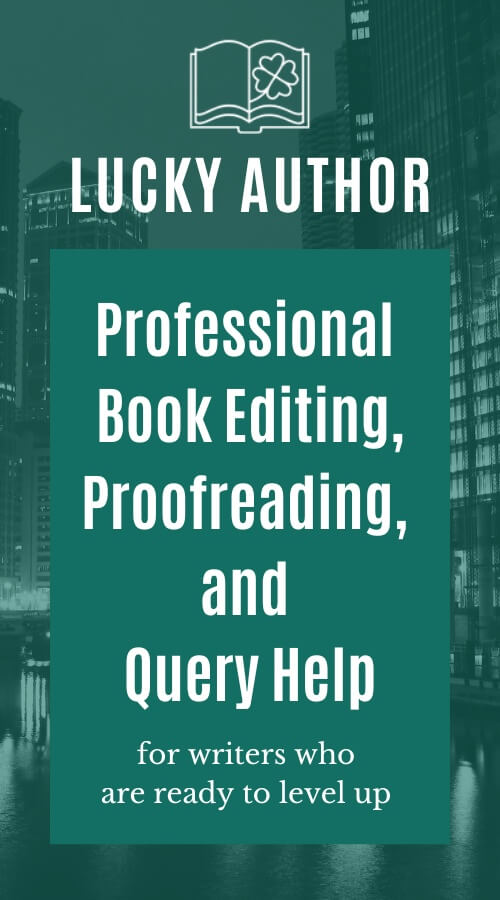
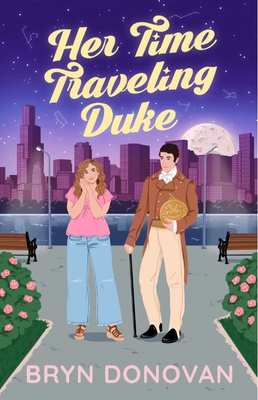
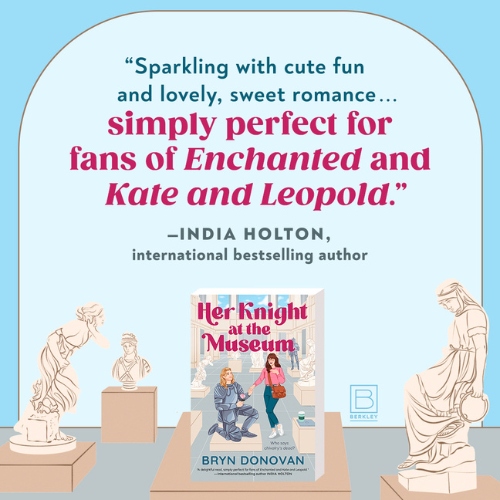
I am not sure what an arc is, but I write stories in stories.
In 4 books my hero grows from an scared innocent good boy, to a very competent young adult, to a jaded 20yr. old with the distant stare that soldiers have when returning from war. He is not bad and he is not a hero that everyone looks up to.
Donald, that’s a great arc. 🙂
I loved your line: “distant stare that soldiers have when returning from war.” It says so much.
Thank you for this, Bryn. I worried about the character arch in my WIP, but I believe I’ve got it. I need to take a close look at the timing/sequence of events that turn my character around. My critique group feels I should start her forgiving herself and accepting the attentions of the love interest sooner. I’m working on that now. Timing is everything, right?
Hi Bonnie! Oh, timing is so tough! I always have my characters falling in love too quickly, haha. It’s tricky. I know I’ve said this before, but it sure sounds like you’ve got a great critique group. Sounds like the story is progressing well!
Thanks Bryn! You keep coming up with the perfect posts for me. Before I ever wrote a novel, my friend, John, asked me to collaborate on a stage play. He said he was good with music, but no good with words. So, we wrote the play together and when we had it finished, we sent it to a university and paid a lot of money to have it critiqued. The critique came back with a two-word assessment, “No Plot!”
I didn’t even know what the word “plot” meant at that point and the person who critiqued the play gave no information about what it was or where to find out.
The best part of that whole experience ended up being the music. I now have a song that has become my theme song. “You’re Stronger Than You Think You Are.”
Many books, writing seminars, writing courses and novel writing classes later I have a better idea of what a character must go through to achieve a character arc.
I like the simplicity you used and examples from several different sources to show character arc. Thanks.
Hi Jessie! Wow, that is some pretty succinct critique. And not very helpful, for something you paid for!!
I know I’ve said this before, but it took me forever to figure out plot even a little (I’m not saying I have it all figured out now!)
How cool that you have a theme song. And one with such a great message!
PLEASE, PLEASE, PLEASE publish your master list on fear!! I’ve read your book, and as a horror writer, I can say that it is outstanding! Other writers need this!!
It’s funny you should ask, Jenna! 🙂 I’m doing a second edition of Master Lists, and it’ll be in there! Maybe I’ll put it on the blog, too. 🙂 Thanks so much for the kind words!!
Thank you for taking the time to write this for us! Grateful. D.P. Conway
Sorry for my delayed reply, Daniel. 🙂 I’m so glad it was helpful!
Hi Bryn,
I’ve been following you for sometime now and your advice is priceless. I have your master list and treat it like my bible ? but I’ve been writing my book(s) for five years. A character arc is something that evolves? But can it grow either way? As in start off sweet and innocent but the damage from a past can evolve turning her towards a darker path? My sister in law mentioned about my characters arc not being present in the first chapter but it was deliberate as I didn’t want my readers to learn all about her initially. I wanted her to be a character people grew to love then to either despise or feel sorry for. Is that bad?
Nicole, it’s wonderful to hear from you! Thank you so much for the kind words. You’re absolutely right: a character arc can be a descent rather than an ascent. In the first chapter, you just need the readers to connect enough with the character that they want to know what happens to her next! 🙂 Good luck with your story. It sounds really interesting!
I used to struggle with character arcs until I realized there’s a limited number of ways for a person to develop – real or imaginary. They can grow, regress or stagnate, which is no development at all. I also realized that love and fear are two very big growth instigators, and the most authentic. Thanks for a great post!